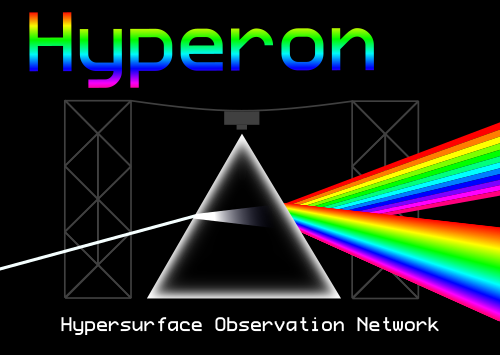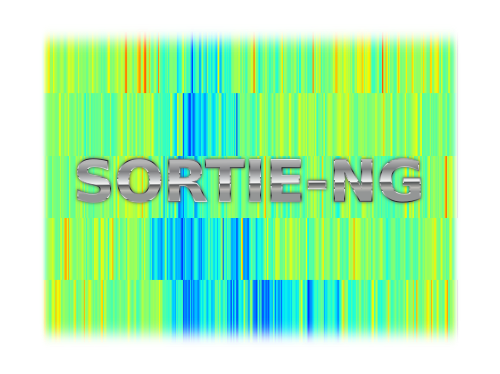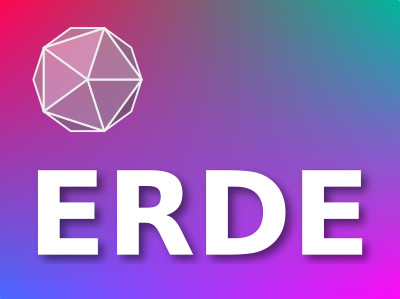About
Dr. Erickson specializes in applying the latest computational methods to outstanding problems in Earth science with a focus on terrestrial systems. He pioneered the development of deep learning and genomics in Earth observation and systems modeling (EOSM). In his doctoral dissertation, he developed a new class of hybrid (physical-statistical) models with the first vegetation model utilizing machine learning to represent a difficult-to-simulate process. Dr. Erickson also pioneered 4-D methods in ecology as well as precision forestry for climate geoengineering. The latter work included a computational strategy for biodiversity preservation and simulation-based trait selection for targeted gene editing.
In his spare time, Dr. Erickson co-founded the University of British Columbia (UBC) Unmanned Aircraft Systems (UAS) team – where his early knowledge of deep vision embedded systems would later inform the systems used by Iris Automation – and Wingcopter GmbH, where he wrote the startup's business strategy (OEM B2B partnerships, venture funding) and #drones4good vision focused on developing high-speed VTOL delivery drones and Earth observation drones. He also directed the design of the Wingcopter 178's first delivery pods, winch mechanism, and multirotor-style landing skids, and created the company's social media presence. Dr. Erickson's research includes projects for the European Union (EU), European Space Agency (ESA), US Department of Defense (DoD), US Center for Disease Control (CDC), and US National Aeronautics and Space Administration (NASA).
Dr. Erickson aims to advance the union of Earth observation and systems modeling (EOSM) through 4-D hyperspectral Earth observation, systems engineering, artificial intelligence (KR&R, ML/DL, robotics), genomics, spectranomics, and ecological-evolutionary models for new digital twins of the terrestrial biosphere of unrivaled fidelity.
Interests
- Forest Ecology and Evolution
- Earth Observation
- Machine/Deep Learning
- Terrestrial Biosphere Models
- Natural Resource Management
- Unmanned Systems
Education
-
PhD in Forestry, 2017
University of British Columbia
-
MCRP in Regional Planning, 2011
University of Oregon
-
BA in International Political Economy, 2008
University of Puget Sound





